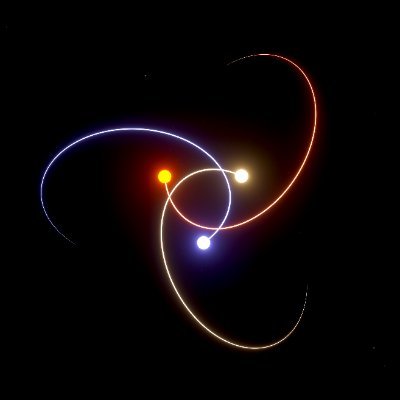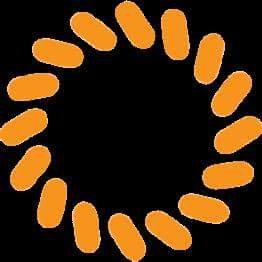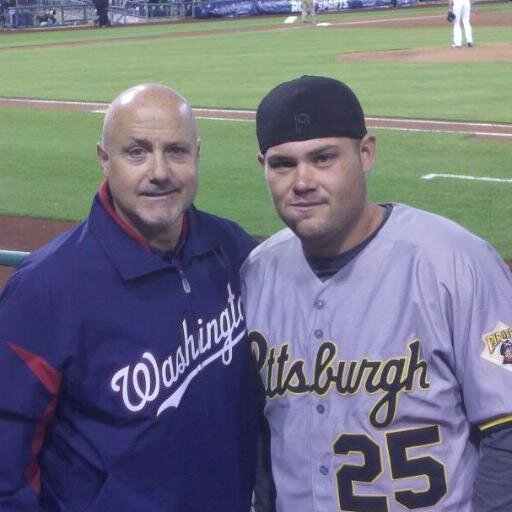
Pere Rosselló
@PeRossello
Followers
5,653
Following
41
Media
95
Statuses
415
Astrophysics student at Universidad de La Laguna, Tenerife (Spain). All media posted here is my own (unless otherwise stated).
Joined February 2023
Don't wanna be here?
Send us removal request.
Explore trending content on Musk Viewer
WE LOVE YOU YOONGI
• 661678 Tweets
WE LOVE YOU AGUST D
• 562200 Tweets
sabrina
• 327610 Tweets
MLMU LAST EPISODE
• 321795 Tweets
#พรชีวันEP12
• 155089 Tweets
#となりのトトロ
• 96375 Tweets
Kabir Is God
• 92941 Tweets
jenna
• 88308 Tweets
ラストマイル
• 75950 Tweets
camila
• 75845 Tweets
ジェンティルドンナ
• 62979 Tweets
JAEHYUN TEASER IMAGES
• 60740 Tweets
Powell
• 53930 Tweets
Rodrygo
• 44581 Tweets
André
• 42949 Tweets
#ネトフリでWEARE
• 33918 Tweets
#ساعه_استجابه
• 33421 Tweets
バブルガムフェロー
• 23873 Tweets
Davo
• 21696 Tweets
サツキとメイ
• 20240 Tweets
シングレアニメ化
• 19847 Tweets
#末澤誠也誕生祭2024
• 16744 Tweets
ネコバス
• 16582 Tweets
メイちゃん
• 13047 Tweets
ラピュタ
• 12819 Tweets
ジェシー
• 11194 Tweets
Danilo
• 10993 Tweets
Last Seen Profiles
@Rainmaker1973
Author of the gif here. I really like you content
@Rainmaker1973
, but it would be greater if you could give credit!
19
14
421
@Rainmaker1973
Yes, that's me. I understand the source is not very clear. You can see the original is my pinned tweet :)
1
3
90
A Toy Model of the Milky Way
Orbital simulation of ~10.000 Milky Way stars using data from
@ESAGaia
.
Red, blue and dim purple stars correspond roughly to the bulge, disk and halo. Integration of the orbits with gala python package (
@adrianprw
). Animated with
@matplotlib
.
3
15
79
@PabloIglesias
Puede alguien dar una definición de fascismo aplicable en este contexto? Que no sea 'todo aquello que no se alinea con mis ideas' si puede ser.
5
2
70
@Rainmaker1973
Well Wikipedia makes you make a request for username change. I guess that proves it. It should appear under my current twitter handle in Wikipedia after the request is satisfied.
2
3
64
@fermatslibrary
However, we do know what was the last line of calculations that he wrote.
Source: Einstein: His Life and Universe, by Walter Isaacson
0
3
28
@fermatslibrary
Solar mass ≈ 2*10³⁰ kg
Proton mass ≈ 1.7*10⁻²⁷
sqrt((1.7*10⁻²⁷)*(2*10³⁰)) ≈ 58 kg
1
1
24
@RBehiel
@memecrashes
I had my 'aha' moment with this when I saw somewhere that this identity for the generator of rotations in 2D, J, is identical to Euler's identity for i.
0
0
25
@hardly_knower_
Use sympy package in python. Free and same functionality as mathematica for symbolic stuff
1
0
22
@DerickZill
@Rainmaker1973
Three bodies interacting gravitationally usually leads to chaos and unpredictability. However for very precise initial conditions and mass ratios, researchers have found special periodic solutions. Most of these are unstable, meaning that little perturbations mess up the order.
2
0
18
@nik_greenwall
The gravitational potential defines the dynamical evolution of the system, setting the force felt by each particle, which only depends on their position. Time evolution is found by integrating Newton's second law, which here takes the following form:
0
1
17
Little repository for doing this animation. It's a fragment of code I've quickly split from an ongoing N-body package I am trying to build, so it may not be very readable.
@pawjast
@AddySmith4
1
2
15
@drg137
Thanks :) I posted it as a short a while ago in my YT channel (link in bio). Hope that works!
1
1
15
@JavierDiaz_02
Pero las gallinas que entran por las que salen sería ∇J = 0,
y ∇J + ∂ₜρ =0 algo como las gallinas que salen son las que pierdo
1
0
12













































